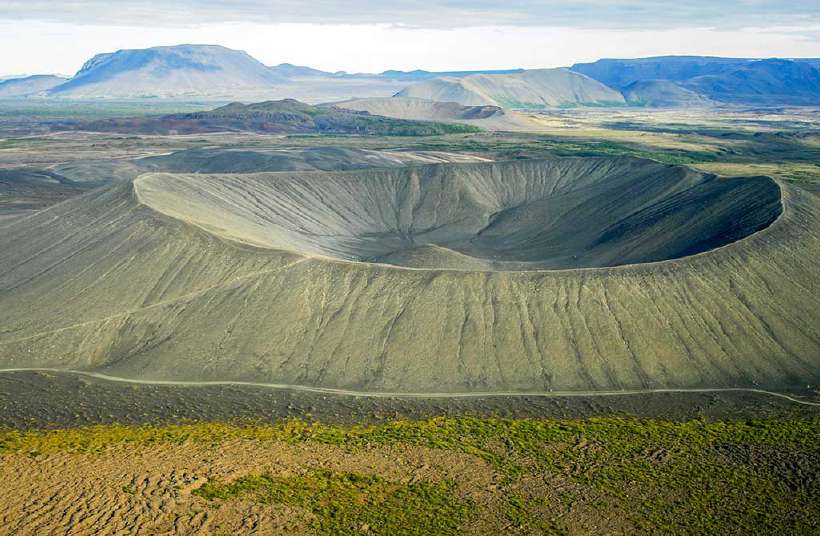Dealing With the Potential Danger of a Meteor Hitting Earth
Home / Science for Kids / Planet Earth for Kids / Dealing With the Potential Danger of a Meteor Hitting Earth
Our solar system is like a busy traffic round-about. The sun is at the centre of this round-about which drives a large number of heavenly bodies, including planets, comets and large and small rocks around it.
While the earth and the other planets chart fairly fixed paths around the sun, our smaller solar siblings, like rocks, do not believe in staying in their lanes. As a result, a large rock – the size of a small city – bangs into the earth every once in a while.

One such collision may have caused the extinction of the dinosaurs 65 million years ago. The effect of the collision can be seen on the plains of Mexico in the shape of a mile long crater. However, humans can do more than being sitting ducks if there is a similar shoot out now.
That seems to be the idea of a group of scientists, from the Department of Space Studies, Southwest Research Institute, in Boulder, Colorado, US. They are trying to make the world agree to a standard procedure to deal with such a possibility.
They propose that the Federal Emergency Management Agency (an US organisation that manages emergency situations like hurricanes or floods) should also recognise a meteor impact as a potential danger and respond to it the way it responds to floods, hurricanes and earthquakes.
They want to make people and the government believe that the threat, though remote, is massive enough to lay down disaster management strategies for.
![Is the Earth a Sitting Duck? [Illustration by Shinod AP]](/media/earth-123_1_hub1430d6d2b70bdbfb26aecc31b042d5d_9857_320x0_resize_q60_box.gif)
An attempt has been made to identify objects that can strike the earth. These objects, which are a mix of comets and asteroids are called ‘near earth objects’ or NEO. The scientists have been able to identify 1,100 such potentially dangerous NEOs.
A potential impact warning has to be calculated and reported years or even decades earlier as that is the amount of time that would be required to handle such a big threat. Scientists propose attaching the comet with a huge rocket to nudge it away or striking the comet with a nuclear warhead in an attempt to smash it to pieces.
However, the scientists believe that such an operation would require space observatories, scientists and the National Aeronautic and Space Administration (NASA) to work together.
One such threat was cited when astronomers announced that an object, known as 2000 SG344, had a 1-in-500 chance of hitting the Earth in 2030. The world, however, still does not have a standard method of responding to such a threat.
435 words |
4 minutes
Readability:
Grade 9 (14-15 year old children)
Based on Flesch–Kincaid readability scores
Filed under: planet earth
Tags: #scientists, #space, #iceland
You may also be interested in these:
UFO Landing
The Cool and Cunning Lark
What does a Train Whistle tell us about the Universe?
Himalayas Have a Deep Impact on the Climate of the World
Who's the Brainiest animal of Them All?